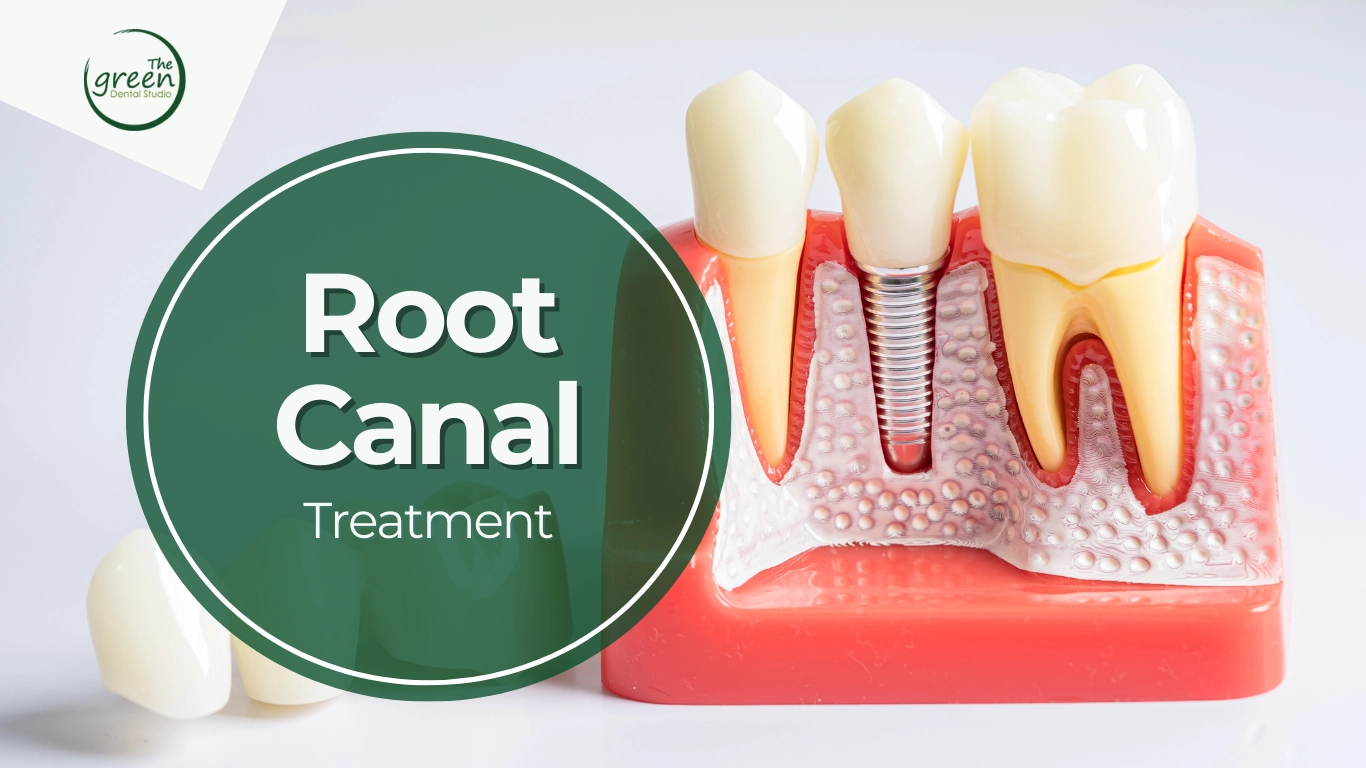When faced with severe tooth pain or deep decay, a root canal treatment becomes a crucial solution offered at The Green Dental Studio in Fort Lauderdale, FL. Dr. Jose Antonio Alfonso and Dr. Arleidys Guerra specialize in endodontics, ensuring comprehensive care in locations like Lauderdale-by-the-Sea, Oakland Park, Wilton Manors, Dania Beach, and Davie. With their expertise and the assurance of 0% financing, patients can confidently seek relief and restoration for their dental health.
The Anatomy of a Tooth
Before diving into the specifics of a root canal procedure, it’s essential to understand the tooth’s structure. Each tooth consists of a crown, visible above the gumline, and one or more roots that anchor it to the jawbone. Inside the tooth, beneath the hard enamel and dentin layers, lies a soft tissue called the pulp. The pulp contains nerves, blood vessels, and connective tissue, vital during the tooth’s growth and development.
When a Root Canal is Needed
What Happens During a Root Canal Procedure?
-
Diagnosis and Treatment Planning: The process typically begins with a thorough examination and X-rays to determine the extent of damage and plan the treatment accordingly. Dr. Alfonso and Dr. Guerra utilize advanced diagnostic tools to ensure accurate assessment and personalized care.
-
Local Anesthesia: To ensure patient comfort throughout the procedure, local anesthesia is administered to numb the tooth and surrounding area.
-
Access to the Pulp: Once numb, an access hole is drilled into the tooth’s crown to reach the infected pulp chamber and root canals.
-
Removing Infected Tissue: Using specialized instruments, the infected or inflamed pulp is carefully removed from the pulp chamber and root canals. This step alleviates pain and prevents the spread of infection.
-
Cleaning and Shaping: The interior of the tooth is meticulously cleaned, and the root canals are shaped to prepare them for filling.
-
Filling the Canals: After cleaning, the root canals are filled with a biocompatible material called gutta-percha. This material seals the canals to prevent bacteria from re-entering and causing reinfection.
-
Sealing the Access Hole: A temporary or permanent filling is placed in the access hole to seal the tooth’s interior. In some cases, a dental crown may be recommended to restore the tooth’s strength and appearance.
-
Post-Procedure Care: Patients are advised on post-procedure care, including pain management and oral hygiene practices to promote healing.


